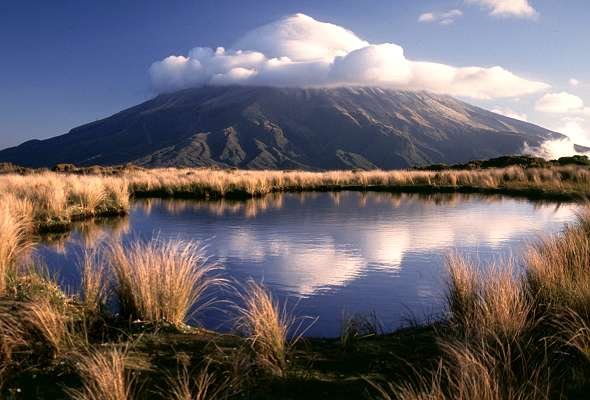1.1 Thoughts on resources
Accessibility is very important – remote locations make resources costly to develop.
Eg. The further away a farm is located from towns the more expensive it is to run. Vets will charge more, labourers will charge more…..
Some resources which were once valuable have now lost their importance.
Eg. A stool and a milk pale (bucket) are no longer resources that farmers value hugely.
Resources can go in and out of fashion.
Eg. Fertiliser was considered a “good thing” until people wanted to make sure that they were eating organic food.
Resources can have more than one use.
Eg.
Milk is made into a huge variety of milk types (low fat, calci trim); however milk is used to make cheese, sour cream, cream, butter…
Resources will only last as long as people choose to let them last.
Eg. If farmers over fertilise their land they run the risk of grass not growing as the soil becomes contaminated.
Use of resources can sometimes cause conflict.
Eg. People living near farms complain about tractors and cows mooing in the early hours of the morning. Noise restrictions could be imposed restricting the hours that farmers can work.
The use of some resources has created environmental problems.
Eg. Farmers have created pollution in local waterways as cow waste is allowed to enter the waterways without treatment.
The Resource Management Act (RMA), 1991 aims to make resource use sustainable.
Eg. Before farmers can build new facilities on their farms, they must gain resource consent and comply with all the laws so that the environment is not destroyed in any way.
1.2 Resources?
- A resource is something we use.
- A natural resource is a resource made by nature (not people).
- A cultural resource is a resource made by people (not nature).
Eg Natural Resources
- Indigenous Trees
- Rivers
- Sea
- Mountain
- Fish
- Sun
- Air
- Rain (precipitation)
- Grass
- Soil (eg volcanic soils)
eg. Cultural resources
- People
- Bread
- Genetically modified food
- Pens, books, pencils, chairs, tables
- Cars, tractor, quad bike, train, bus, bike
- Machines
- Milk shed
- Barn
- House
- Roads
- Concrete, metal
- Fences and gates
- Cows!!!!! Because the farmer breeds them.
Natural resources can be further classified as:
Renewable resources are resources which, after being used, can naturally replace or restore themselves. Eg water, air, soil, vegetation, sunshine.
Non-renewable resources are resources which, after being used, will not naturally replace or restore themselves, eg. Coal, gold. Once a gold deposit has been mined, it has gone forever.
Renewable resources may not naturally replace, or restore or replenish themselves if their use is not properly managed. Most renewable resources need sustainable management to guarantee their future availability. For example, the natural fertility of soil may not be sustained if the same crop is grown on it year after year. Other renewable resources, such as energy from the sun, are more easily sustained.
Subscribe to:
Post Comments (Atom)




No comments:
Post a Comment